Ilkeston Cam On Tour - Builth Wells
w/e 08 August 2004
All this week's pictures were taken
on July 24th 2004 with a Kodak DX6490
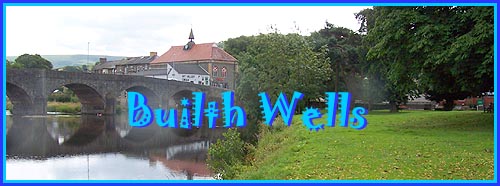
We have recently returned from what is fast becoming our annual
jaunt to Pembrokeshire and the south west corner of Wales. This
year our return journey to Derbyshire took us via a route we
had not travelled along before through the middle part of Wales.
A brief - very brief - "comfort stop" in Builth Wells
allowed me just enough time to capture half a dozen shots for
this page.
|
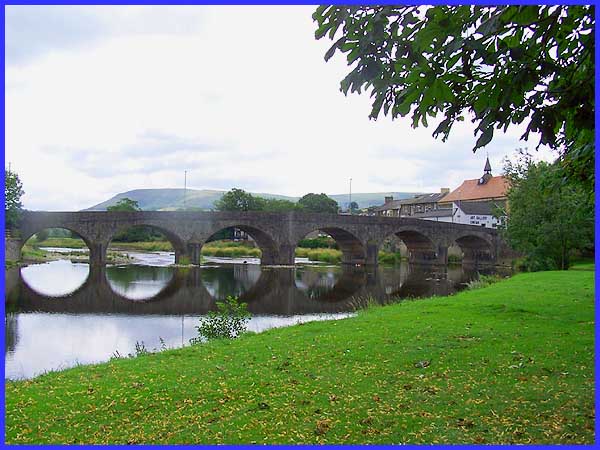
The market town stands on the River Wye which is crossed by an
eighteenth century bridge with six arches. It is the venue each
July for the Royal Welsh Show which this year, had concluded
on the Thursday before our visit on the following Saturday. Although
I didn't know it at the time, the showground in the grounds of
Llanelwedd Hall is at the end of the bridge to the left of this
picture.
|
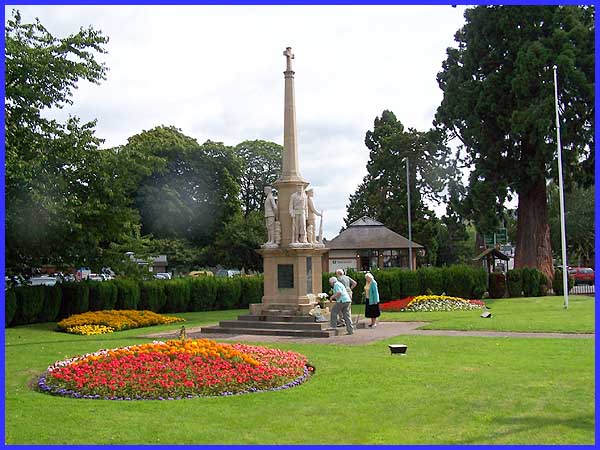
On this side of the river, the formal flower beds surrounding
the War Memorial were being supplemented by some personal tributes.
|
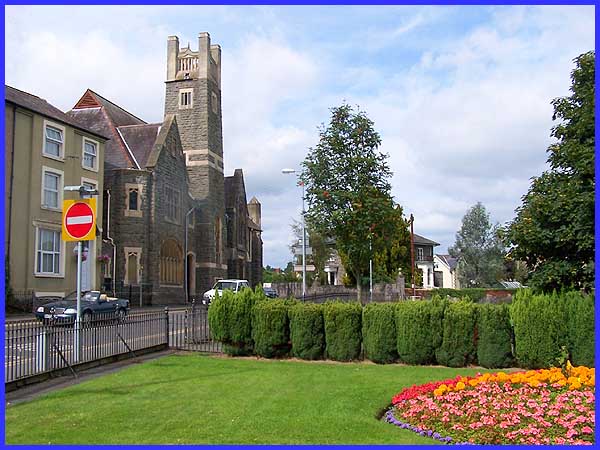
The name of Builth Wells followed from the discovery of two springs,
one saline and the other sulphur. In Victorian times these were
renowned for their healing powers and by the end of the nineteenth
century there were many visitors "taking the waters".
Some time earlier in 1691 when the town was known by its Welsh
name Llanfair-ym-Muallt meaning, according to one source "The
Church in the Cow Pasture", it had been destroyed by fire.
Another meaning is given as "St. Mary's in the Cantref of
Builth" again obviously referring to a church. The rebuilt
town now contains many architectural styles and this church above,
seen from the Memorial gardens, though not of the cow pasture
or St Mary fame, is one of many sturdy buildings that have arisen.
|
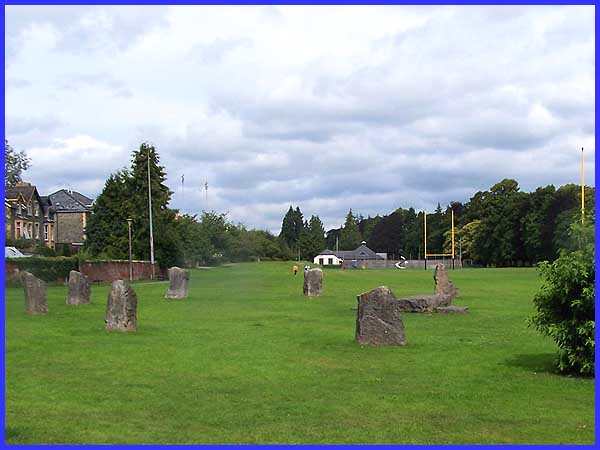
The church overlooks a stone circle. Unfortunately I have been
unable to elicit any information about this particular feature
although there are any number of prehistoric sites including
stone circles and burial chambers in Wales.
|
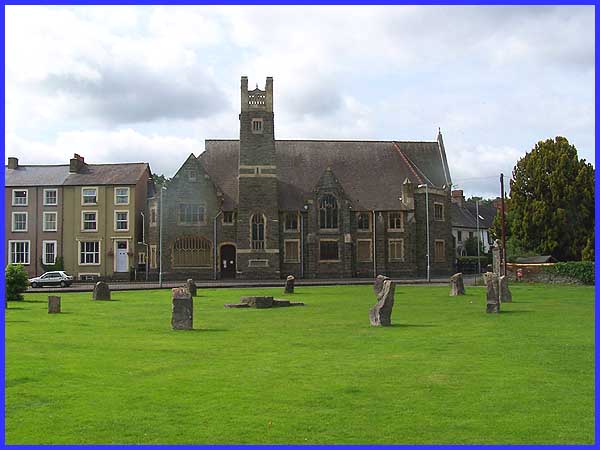
Here is another view of the church and the stone circle which
stands on the area of land between the road and the river that
is known as The Groe. There are also tennis courts, a bowling
green, a putting course, a covered swimming pool and a dog free
playing area for children on this area.
|
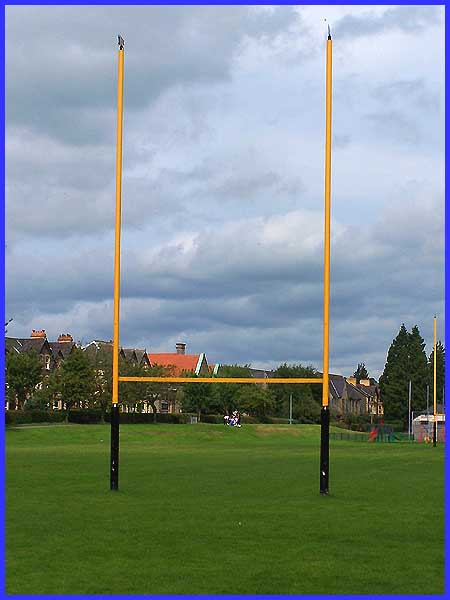
And of course no visit to Wales would be complete without sight
of something almost as symbolic of the country as the daffodil
and the leek - the ubiquitous rugby pitch.
|

